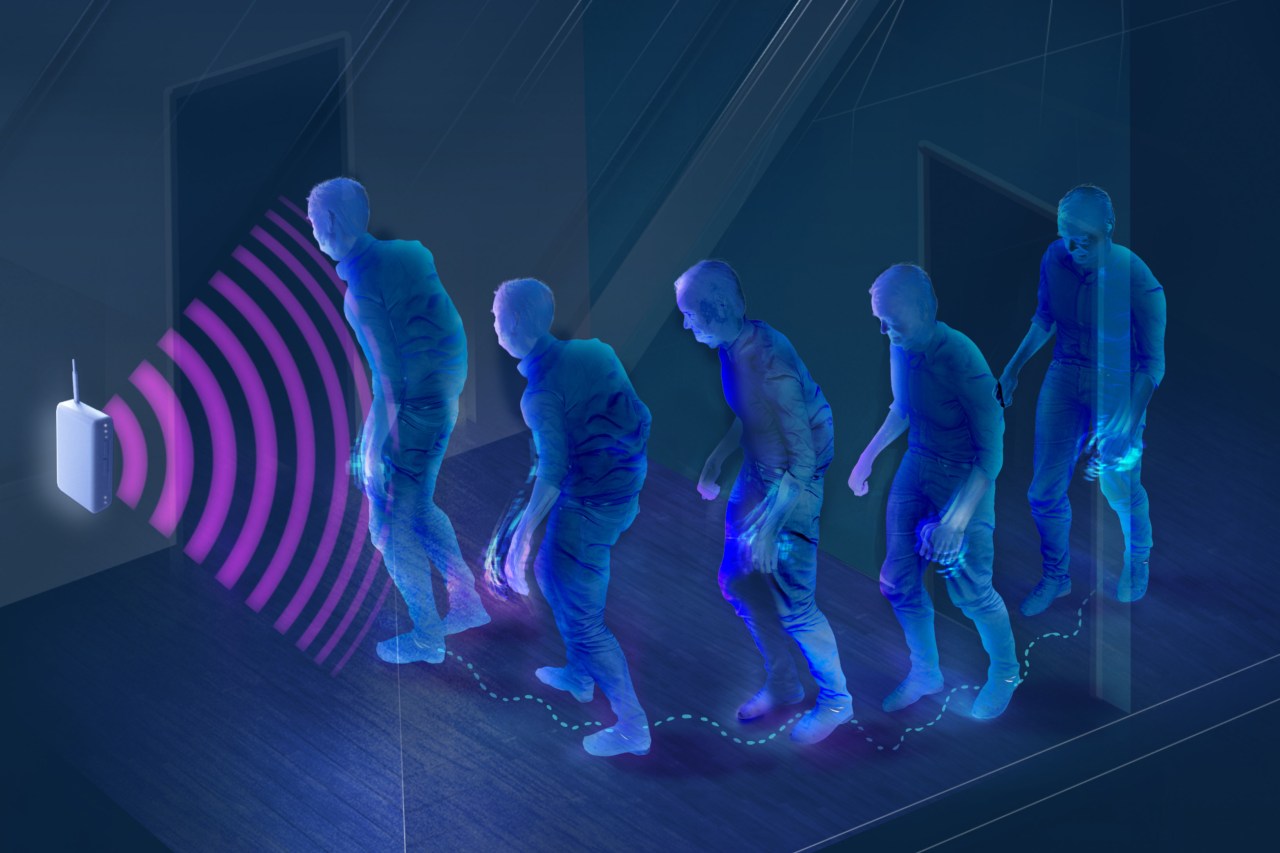The landscape of artificial intelligence (AI) is evolving at a breathtaking pace, revealing groundbreaking applications that are making strides in both healthcare and ecological conservation. From unique patient monitoring systems to visionary projects aimed at safeguarding whales, the latest innovations illustrate how AI is not just a tool for data analysis but a catalyst for real-world change.
Tracking Parkinson’s Disease with Precision
Parkinson’s disease affects approximately 10 million people globally, challenging clinicians to monitor the progression of symptoms effectively. Researchers at MIT have pioneered an innovative solution that leverages AI technology to track gait speed among patients in their own homes. Here’s how it works:
- The MIT team developed a compact device resembling a Wi-Fi router, which uses radio signals to analyze movement and track the patient’s gait continuously.
- This approach eliminates the need for patients to travel to clinical visits, which can be exhausting and can skew results.
- In a pilot study published in Science Translational Medicine, the device successfully monitored gait speed, revealing that individuals with Parkinson’s saw a decline nearly twice as rapid compared to healthy individuals.
This pioneering approach is a game changer, providing clinicians with real-time data that enhances patient care and treatment strategies.
Protecting Whales with AI Technology
Shifting our focus to ecological concerns, the Whale Safe initiative illustrates how technology can play a pivotal role in wildlife conservation. Spearheaded by the Benioff Ocean Science Laboratory, this project utilizes AI-powered buoys equipped with underwater microphones to monitor whale activity. Key components include:
- Detecting specific whale species through sound recognition and relaying that data to researchers.
- Using AI to track whale locations, enabling nearby ships to adjust their routes to avoid collisions—a critical step, given that ship strikes result in the deaths of over 20,000 whales annually.
- The deployment of these buoys in areas like the Santa Barbara Channel aims to create safer migratory paths for whales, which are pivotal for maintaining oceanic carbon capture.
As we harness the power of artificial intelligence to safeguard vulnerable species, the confluence of technology and conservation shines as a beacon of hope.
Harnessing Lidar for Forest Conservation
A remarkable venture from Purdue University is enhancing forestry management through advanced algorithms that work on lidar data. Traditionally, lidar provided comprehensive scans of forest density without practical ways to interpret this data effectively. Now, researchers have turned these raw 3D data into segmented individual trees.
- This innovative algorithm calculates efficient paths from data points to the ground, allowing for a clear understanding of overall forest health and growth metrics.
- By mapping individual trees, foresters can gather more precise data on ecosystem health and inform better conservation practices.
The optimized process not only improves data accuracy but also fosters a deeper comprehension of forestry resources essential for combating climate change.
Redefining Transportation with AI
The expansion of autonomous vehicles on our streets presents groundbreaking opportunities for urban planning. Researchers at Carnegie Mellon have emphasized that these vehicles should be integrated thoughtfully into existing transportation frameworks. Their proposal includes:
- Recognizing the altruistic driving behaviors of self-driving cars, which actively promote smoother traffic flow by yielding to other vehicles.
- Encouraging policymakers to design regulations that reward these vehicles, providing them access to toll roads and high-occupancy vehicle lanes.
This strategic integration can pave the way for a more harmonious coexistence between human drivers and autonomous technology.
Advancing Language Translation with AI
In the realm of language processing, Meta’s Universal Speech Translator stands out. Targeting unwritten languages like Hokkien, this novel system circumvents conventional translation methods that require written components:
- The system converts speech directly into “acoustic units,” generating waveforms that can be translated into other languages.
- Though currently limited to translating single sentences, this innovative approach promises a future where language barriers can be significantly reduced.
Discovering Efficient Algorithms with AlphaTensor
DeepMind has introduced AlphaTensor, an AI capable of discovering novel algorithms for matrix multiplication—a fundamental component in many machine learning processes:
- Transforming algorithm discovery into a game-like environment, AlphaTensor identifies new functions that significantly improve computational efficiency.
- One of the algorithms it discovered was found to operate 10% to 20% faster than previously utilized methods on certain hardware, showcasing its potential impact on machine learning processes.
Conclusion
The diverse applications of AI span various sectors, including healthcare, wildlife conservation, urban transportation, and language translation, demonstrating its immense potential to reshape our world profoundly. As these innovations unfold, they not only tackle pressing issues but also pave the way for a more interconnected and intelligent future.
At fxis.ai, we believe that such advancements are crucial for the future of AI, as they enable more comprehensive and effective solutions. Our team is continually exploring new methodologies to push the envelope in artificial intelligence, ensuring that our clients benefit from the latest technological innovations. For more insights, updates, or to collaborate on AI development projects, stay connected with fxis.ai.

